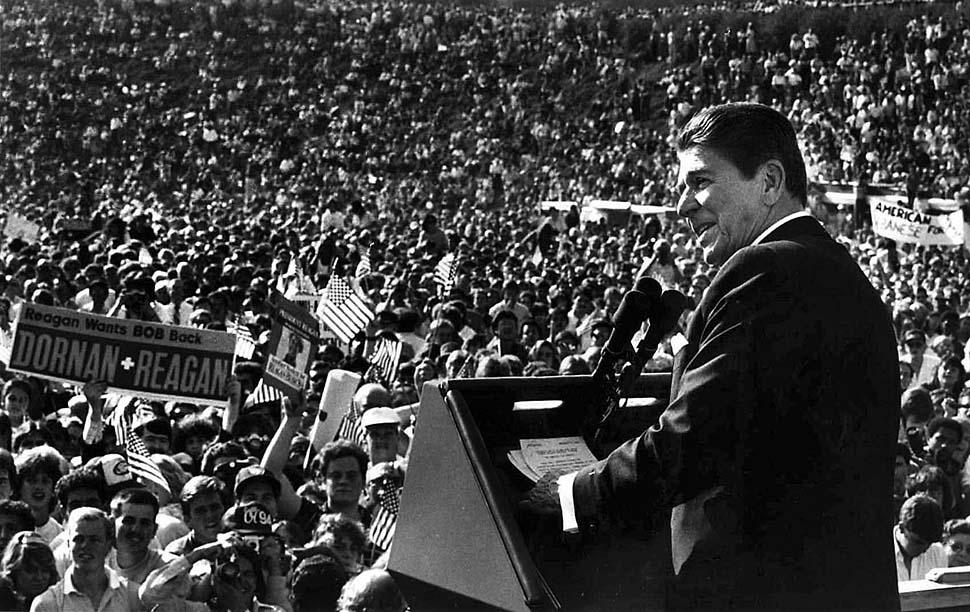HONOREE
Shepard arrived in 1955, taking the reins from first president Dr. Edwin B. Angier. In 1956, the college was renamed Los Angeles Pierce College to reflect its new mission. By the time Shepard retired, not only had Pierce become a full-fledged liberal arts institution, but the once undeveloped grounds had been transformed into a modern metropolitan college with permanent buildings, concrete walks and landscaped trees.
Born in Barre, Vermont in 1900, Shepard earned bachelor's degrees in agriculture and education at the University of Vermont before coming west in 1923 to take a teaching position in the Whittier school system. In 1927, Shepard joined the L.A. Unified School District as head of the Physical Education Department at Eagle Rock High School. Over the next 28 years, until his appointment as president of Pierce, Shepard served in various teaching and administrative positions including vice principal and principal of six area high schools.

Under Shepard a five-phase master building plan was put into place over a 10-year period that involved building the campus from the ground up. With funds from voter bonds, dozens of buildings went up, including a two-story, 60,000-volume library, administration buildings, engineering and electronics labs, vocational shops, scores of classrooms, a 1,200 seat-gym, and football stadium that now bears his name.
Unlike most community college sports facilities, Pierce's is a raised amphitheater-style bowl that has hosted professional football teams and even a United States President (Ronald Reagan, 1984, photo by the L.A. Times). Set on a hill, the open-air coliseum accommodates 5,500 fans and its tiered seating affords elevated views of not only the field, but an expanse of the San Fernando Valley to the east.
By 2015, the facility was renovated with synthetic turf resembling blades of grass, and lined for both football and soccer use. The popular running track has been renewed with an all-weather rubberized surface. The athletes' field house has been upgraded, and new signage, lighting, and landscaping of drought-tolerant native plants installed.


